The Texas climate is warm—or downright hot—for much of the year, but temperatures often drop significantly during the winter months. While these temperatures rarely reach dangerous lows, they can still endanger pets who are accustomed to much warmer weather. Also, global temperatures and weather patterns are changing and becoming less predictable, so preparing for a potential winter storm is important for pet owners, no matter where they live. The Envision More Veterinary Ophthalmology team has a few tips to help you keep your pets safe during cold weather.
#1: Understand your pet’s cold sensitivity
Most pets do well at temperatures above 45 degrees, but some pets are more cold-sensitive than others and may feel cold at higher temperatures, especially if they are accustomed to the Texas heat, or if wind, cloud cover, or moisture make the air feel colder than the actual temperature. Those pets with a higher cold sensitivity include:
- Senior pets and puppies
- Pets with short, thin, or sparse hair coats
- Pets with medical conditions (e.g., hypothyroidism, diabetes, Cushing’s disease, heart disease, kidney disease)
- Small breeds
- Pets with little body fat
Sensitive pets are at risk for hypothermia or frostbite if they spend longer than 30 minutes outside when temperatures dip below freezing, and 15 minutes when temperatures are below zero. Healthy adult pets are less likely to experience these conditions, except in extreme cold.
#2: Allow your pet to acclimate to temperature changes slowly
We all know that 60 degrees can feel freezing after a long, hot summer, but the same temperature feels warm and comfortable after a cold winter. Our bodies, and our pets’ bodies, acclimate to temperatures that are hot or cold for long periods, and we feel uncomfortable if the weather suddenly changes. When temperatures drop dramatically, you and your pet should adjust by increasing your time outside gradually.
#3: Limit outdoor time for sensitive pets

Highly sensitive pets should stay indoors in temperatures lower than they are accustomed to, or if an extreme cold front rolls in. Too much time in the cold can put stress on your pet’s body, worsen many medical conditions, and make them feel unwell. If your pet does not appear cold-sensitive, use your own comfort level as your guide to decide how long they can safely spend outdoors.
#4: Beware icy surfaces that could cause your pet to fall
If the temperature drops low enough and moisture hangs in the air, ice and frost can form on walkways and other surfaces and make them hazardous for your pet. Older, arthritic pets especially are a fall risk, because their muscles and joints are too weak to help them catch their balance. Vision-impaired pets are also a fall risk, because they cannot see ahead. Keep an eye on the weather, as well as predicted “feels like” temperatures, and use a pet-safe ice melting product outside when icy conditions are possible.
#5: Provide extra paw care for your pet
Heated indoor air combined with salty, sandy roads and walkways can dry out your pet’s paw pads and leave them vulnerable to cuts and tears. Protect and moisturize their pads with paw butter if you notice drying or crusting. Also, keep paw hair trimmed short and wipe your pet’s feet after being outside to avoid bringing in road chemicals, which can irritate your pet’s skin or sicken them, if ingested.
#6: Invest in cold-weather gear
For pets who enjoy spending time outdoors despite being cold-sensitive, invest in a coat, sweater, and/or boots to help them stay warmer and drier outdoors. These functional pieces can also be an expression of your pet’s fashion sense.
#7: Find ways to stay active indoors
If you can’t go outside, find ways to stay active indoors. Training, food puzzles, and long-lasting chews can keep your dog engaged and prevent boredom. If your dog needs to run, find a hallway or open space where you can safely throw a ball. Cats may enjoy a food scavenger hunt, an interactive food puzzle, or a fun game of chase with a toy.
Understanding how pets react to the cold can help you prepare for unusual weather that comes your way. If you have questions about cold weather safety, caring for your vision-impaired pet during the cold weather, or general eye care concerns, contact the Envision More Veterinary Ophthalmology team to schedule an appointment.

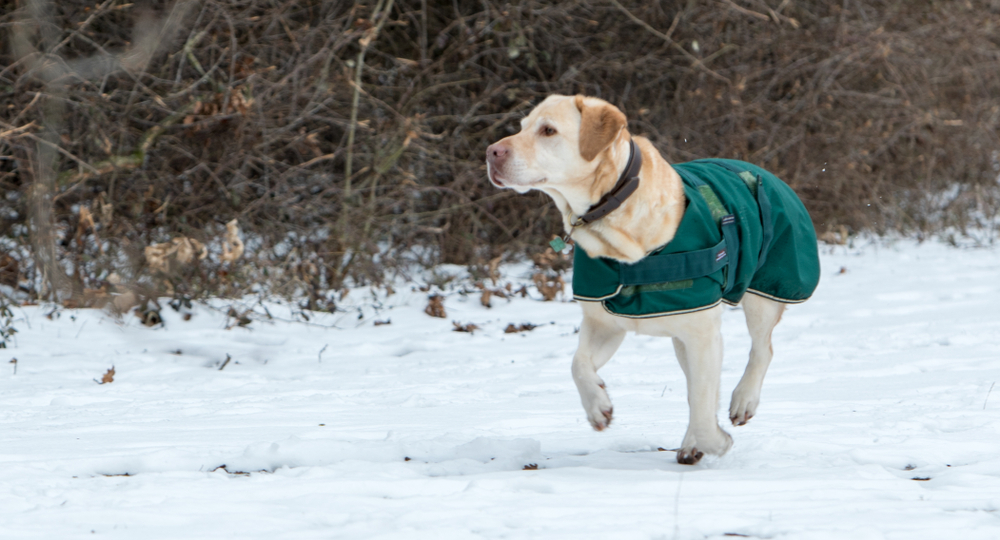
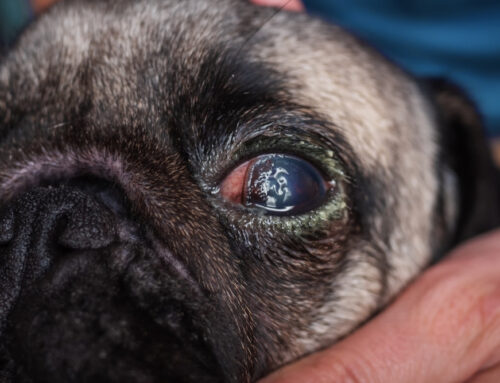
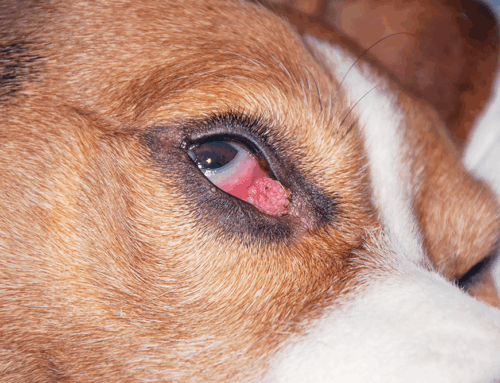
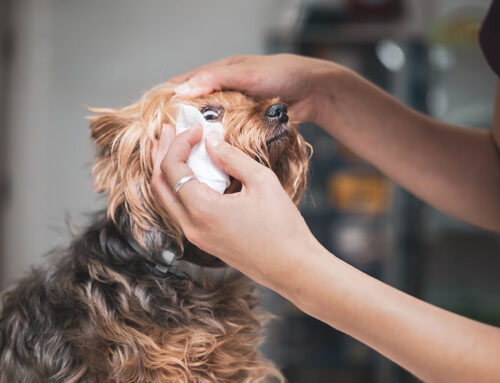
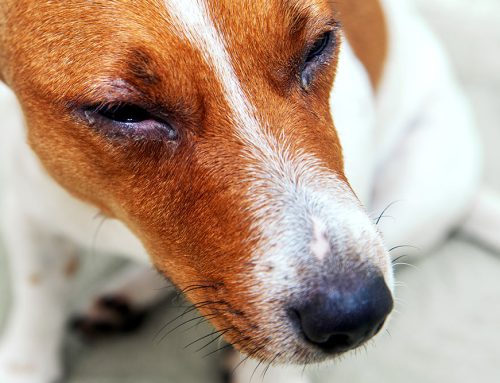

Leave A Comment